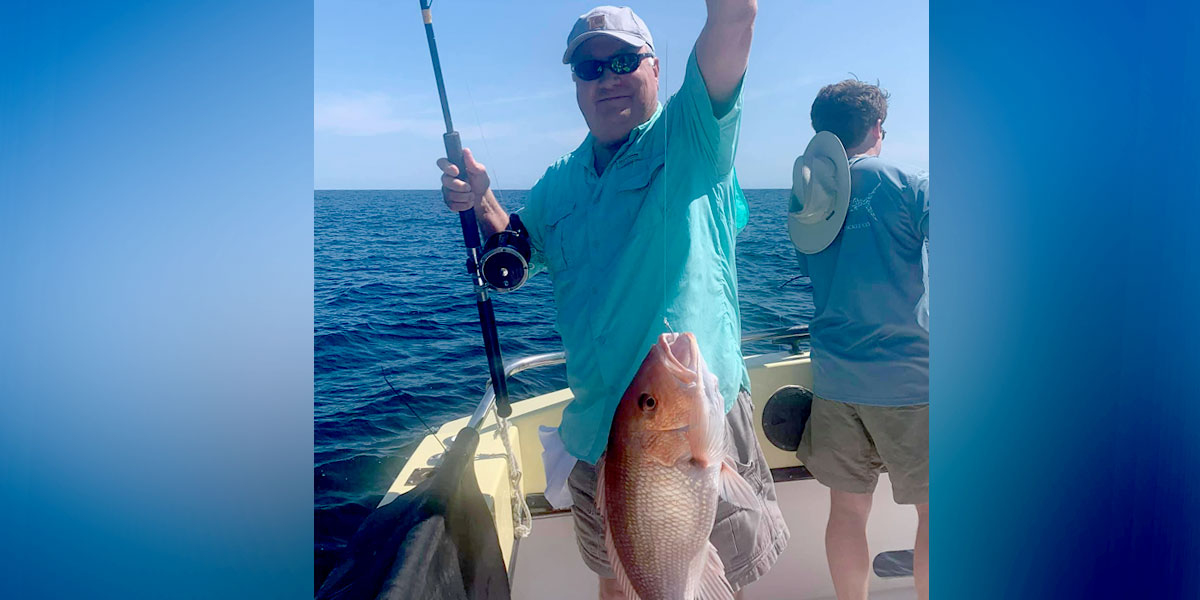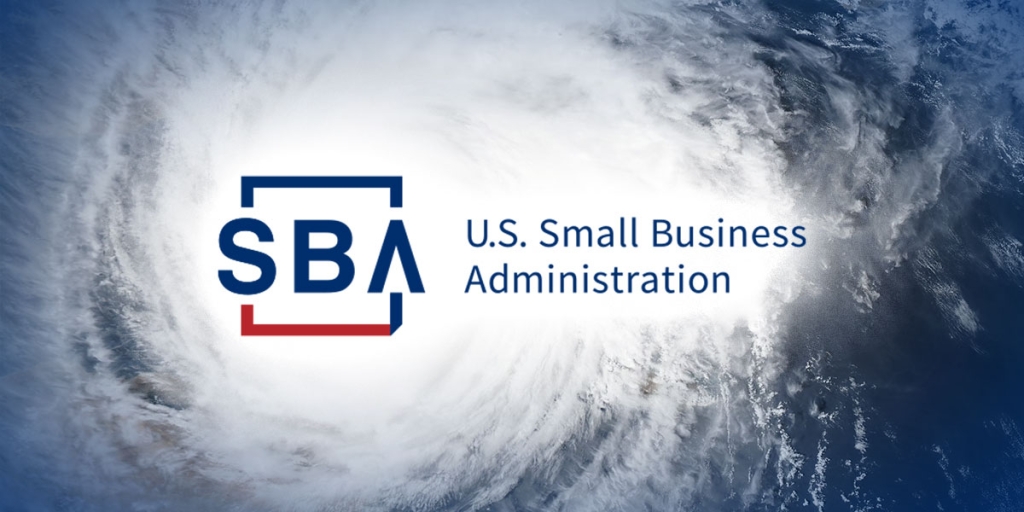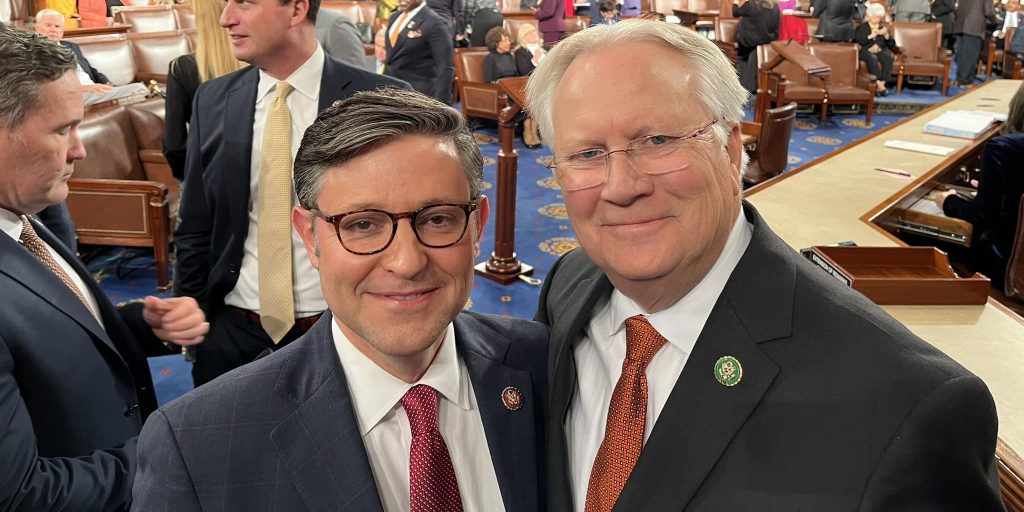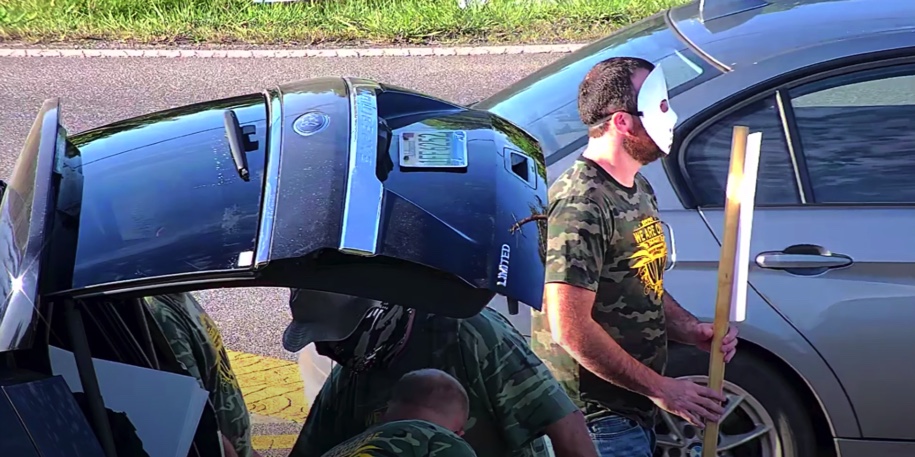Although several states currently have an open private boat recreational red snapper season, it appears red snapper seasons all along the Gulf Coast will come to an uneventful close for most anglers in 2021. For the most part, the states managed their private boat recreational seasons largely as predicted with months of free access to great fishing opportunities for anglers.
Unfortunately, 2021 may be the last “normal” season for quite a while.
In recent months, NOAA Fisheries (the federal management body that oversees Gulf of Mexico fisheries) has been at odds with the states over the need to calibrate the recreational harvest numbers generated by the states (largely acclaimed as the best recreational data available) with numbers generated by its own largely discredited Marine Recreational Information Program (MRIP). No one disputes the need to calibrate all the different data systems into a common data currency; the debate stems from forcing the states to calibrate their established data to the most suspect data of all – the federal government’s.
After decades of federal mismanagement resulting in recreational seasons as short as three days just a few years ago, the Gulf states and Congress had enough. The states fought for and won authority to replace the fed’s MRIP system and manage their private recreational anglers in the red snapper fishery with their own state-based harvest data collection systems. Each state developed strong and accurate monitoring systems on its own. Most – like Alabama’s and Mississippi’s – were certified as valid by NOAA and went into effect as early as 2017.
Since the Gulf red snapper fishery is still governed under the federal Magnuson-Stevens Fishery Conservation and Management Act, it must comply with federal quotas, and here is where the trouble begins. With MRIP, one fish doesn’t necessarily equal one fish. To overcome massive systemic shortcomings, one MRIP fish might have to equal three fish in one state’s data collection system, or it might have to equal 1/8 of a fish in another.
The calibration dilemma is a massive problem that has been known since at least 2018, and yet NOAA has done little to solve it. Congress clearly seemed unhappy with the agency’s inaction when it included language in the FY 2021 Commerce, Justice and Science appropriations report forbidding any regulatory changes to red snapper management until it is determined which system – MRIP or the state data collection programs – is providing the best estimates of red snapper catch. Remarkably, though the problem has been known for years, a workshop to begin examining that critical issue is not scheduled until 2022.
In the meantime, each Gulf state was confident it had managed its recreational fishery within its quota at the end of 2019, but NOAA’s application of an overly simple ratio calibrator to convert all the various numbers back into the MRIP currency showed Alabama and Mississippi had overfished their quotas significantly – hard to imagine with systems certified by NOAA itself. State officials with both Mississippi and Alabama vehemently dispute those findings, offering up examples of absurd MRIP daily harvest data that equate to more boats than could possibly even launch in a single day from those states. NOAA remains unmoved and has pressed to reduce Alabama’s and Mississippi’s quotas by roughly 60 percent going forward. Astonishingly, paying back the alleged overages could eliminate snapper season in both states for years.
The Gulf of Mexico Fishery Management Council took the only logical course of action available last June when it refused to consider recalibration until 2023, when all information can be fed into an official benchmark stock assessment, including the Great Red Snapper Count, a groundbreaking independent study of the Gulf snapper population that was completed in 2020, which showed a population three times larger than previously believed.
In an act of true federal arrogance, NOAA Fisheries unilaterally rejected the Council’s decision and attempted to force the Council to adopt measures reducing all five Gulf states’ red snapper quotas by 23 percent across the board. The Council stood firm and reiterated its desire to wait until 2023 to make sense of all the data and allow for better recalibration methods to be developed. But NOAA is clearly not content with that solution. The Council is meeting this week in Orange Beach, and this could be when the next shoe drops.
Future red snapper seasons for Alabama and all the Gulf states will always be in jeopardy if NOAA Fisheries insists on tying new, better information to its history of mistakes and bad data. The fishery and the fishing public would be far better served by cutting the cord on failed federal management entirely and allowing the Gulf states to fully manage the fishery as it exists off their state’s shores.
Many of my colleagues on the Natural Resources Committee agree with me. I was proud to host Reps. Buddy Carter (R-GA), Garret Graves (R-LA), Bruce Westerman (R-AR), and Rob Wittman (R-VA) on a red snapper fishing trip to see firsthand the abundant red snapper population and how well Alabama manages it.
Without a bold change of course, 2021 may mark the beginning of a new era of federal chaos in red snapper management. Moving forward, I will continue doing all I can to get the federal government out of the way and give full control of the fishery to the states.
Jerry Carl represents Alabama’s First Congressional District. He lives in Mobile with his wife Tina.













